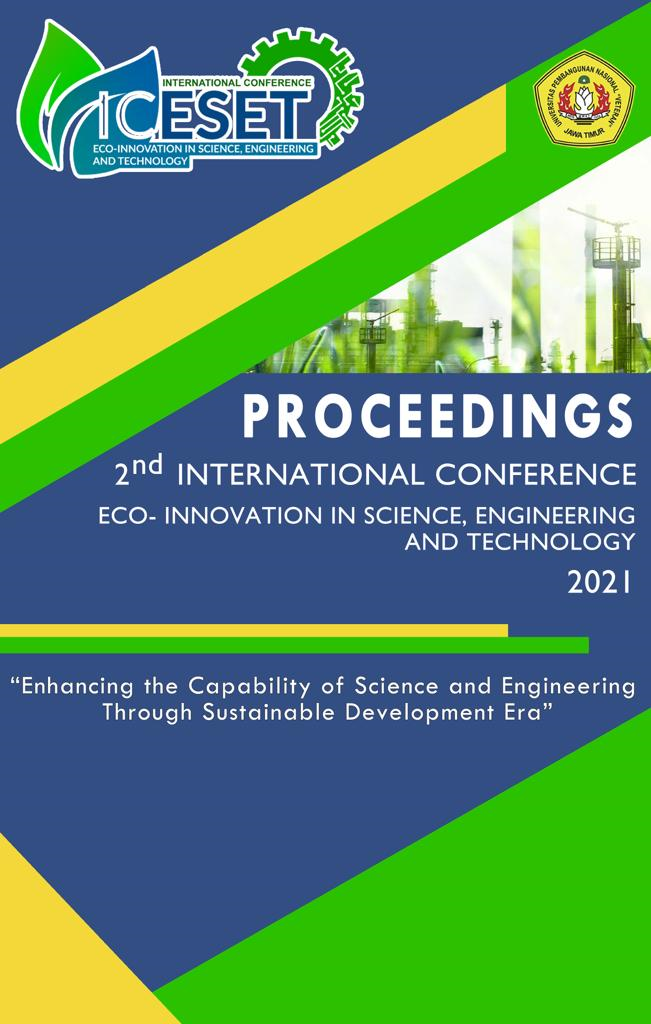Brief Overview of Perovskite Oxide: Synthesis and Its Performance as Oxygen Separator from Air
DOI:
https://doi.org/10.11594/nstp.2021.1412Keywords:
Perovskite oxide, crystal structure, oxygen separator, catalystAbstract
The aims of this brief overview are providing the knowledge about the physical and chemical properties of perovskite oxides in various synthesis method and the correlation of its performance for separating oxygen from air. Perovskite oxide showed excellent conductor of ion and electron, simultaneously through oxygen lattice in the crystal structure. In the present review, we have presented the detail on the crystal structure and the factor that affect the pseudo-crystal, various synthesis method i.e., solid-state, sol-gel, combustion, and co-precipitation. It has been completed with the discussion of the characteristic and the mechanism of the perovskite to separate oxygen from air
Downloads
Downloads
Published
Conference Proceedings Volume
Section
License
Copyright (c) 2021 Silvana Dwi Nurherdiana, Rachmad Ramadhan Yogaswara, Nove Kartika Erliyanti, Atika Nandini, Mutasim Billah, Sintha Soraya Santi, Hamzah Fansuri, Mohd Hafiz Dzarfan Othman, Yuly Kusumawati, Syafsir Akhlus

This work is licensed under a Creative Commons Attribution 4.0 International License.
Authors who publish with this proceedings agree to the following terms:
Authors retain copyright and grant the Nusantara Science and Technology Proceedings right of first publication with the work simultaneously licensed under a Creative Commons Attribution License that allows others to share the work with an acknowledgement of the work's authorship and initial publication in this proceeding.
Authors are able to enter into separate, additional contractual arrangements for the non-exclusive distribution of the proceedings published version of the work (e.g., post it to an institutional repository or publish it in a book), with an acknowledgement of its initial publication in this proceeding.
Authors are permitted and encouraged to post their work online (e.g., in institutional repositories or on their website) prior to and during the submission process, as it can lead to productive exchanges, as well as earlier and greater citation of published work (See the Effect of Open Access).














